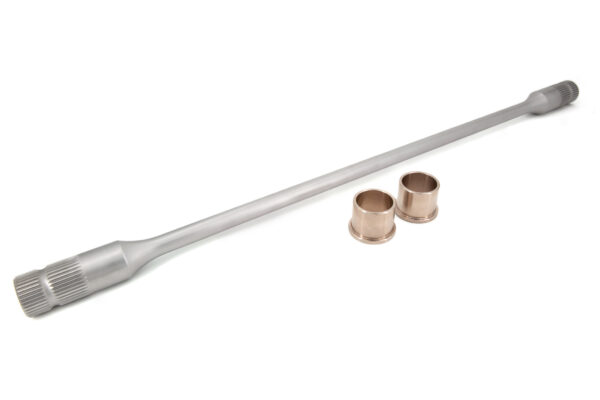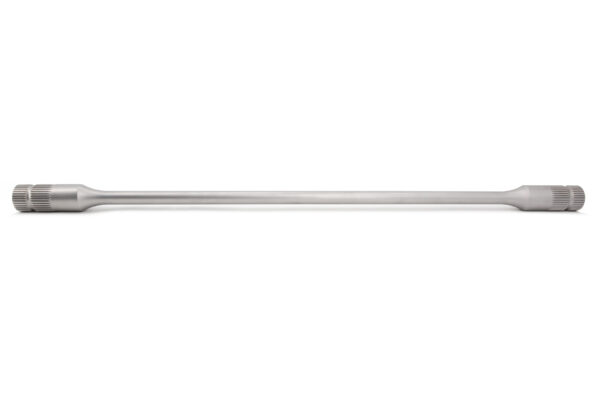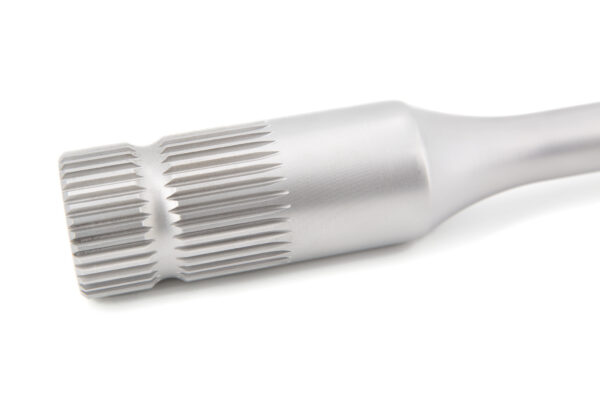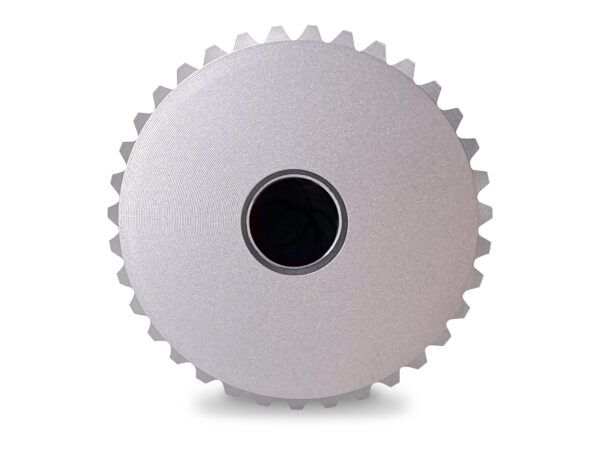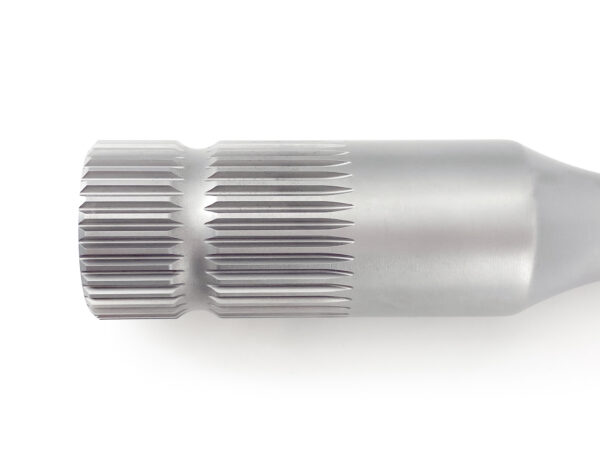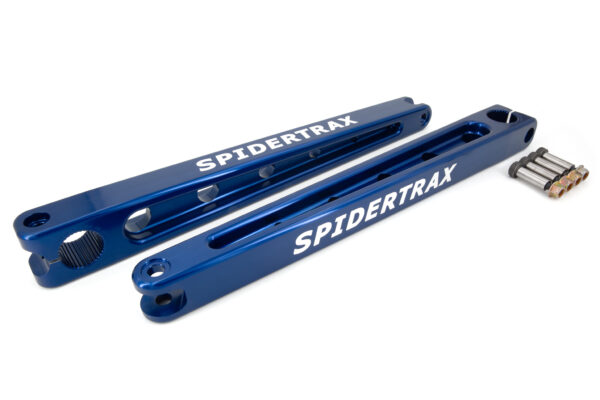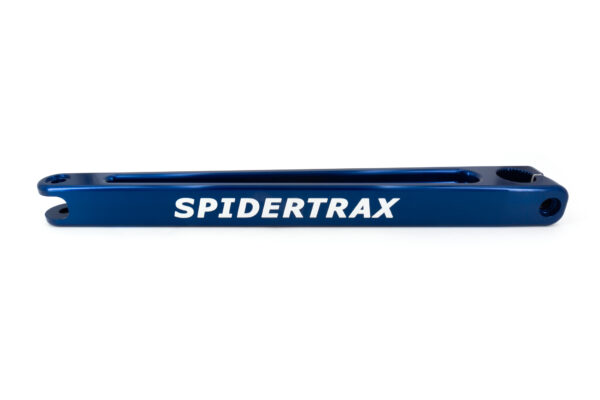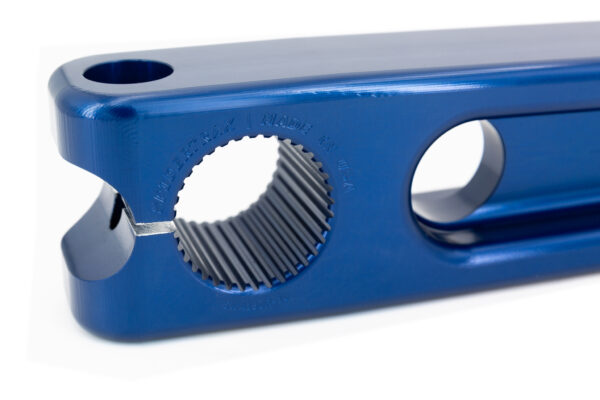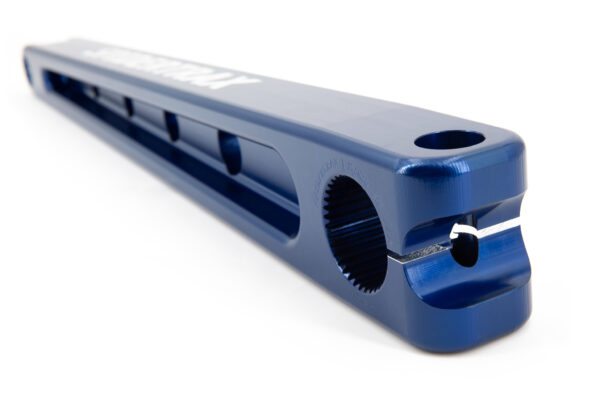The Sway Bar Reinvented
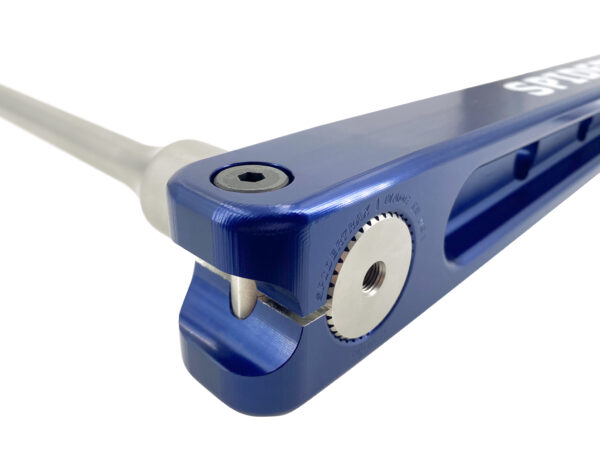
A little history lesson to kick things off. Back in 2005, we created an all-new product category called The Spider 9®. This new performance axle swept the rock crawling and racing scene, winning more podium finishes than any other axle on the planet. They found their way into some of the most advanced lightweight US military-tactical vehicles. They even landed underneath the latest Batmobile. Things are good, we’re plenty busy, and we couldn’t be more grateful.
Good Engineers never sleep though and are always on a mission to make things better. For years, we’ve been asked to dive into sway bars. No specific direction was ever given, outside of the obvious – current sway bars are a mismatched hodge-podge mess of poor-quality parts. Sure, we can manufacture a quality product, but that alone is never enough. Could design improvements be made to a product category that is now decades old? Turns out, that answer is yes. We are thrilled to launch an all-new product category, the first since the release of the Spider 9®. Introducing our all-new Sway Bars. There’s a lot to uncover in this fresh take on an old product, so let’s dive right in.
7075-T6 Construction
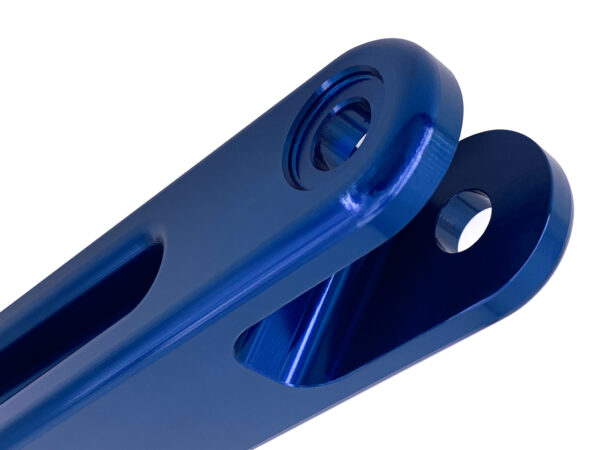
There are a number of options on the market for sway bar arm material. Some of the most affordable versions are made of mild steel plates, not a terrible option when it comes to strength but the weight is less to be desired. Generally, these look rather awful as well. A few of the latest options are using 6061-T6 aluminum, a material you will find in our popular Wheel Spacer Kits. While a great wheel spacer material, the tensile strength of 6061-T6 is far from ideal for situations subject to high bending loads (such as the arm itself) and high fatigue (such as the splines). It machines great and is cost-effective, but outside of that, it wouldn’t be the first choice for a sway bar arm.
All of our Sway Bar Arms are machined out of billet 7075-T6. This unique blend of aluminum started its life in the 1940s, becoming a near-instant standard in high-performance aerospace applications. High tensile strength, good ductility, tough, fatigue-resistant – all at a fraction of the weight of steel. Often 7075-T6 is described as a material that is both as strong as steel and as light as aluminum, which in summary is quite accurate. With this improvement in material, the end result is one of the strongest Sway Bar Arms that is also manufactured as one piece. No messy bolt-on end tabs to assemble a rod end, used primarily to lower costs on manufacturing and aid in distributing loads on otherwise insufficient materials. Simple bolt your rod end directly to the Sway Bar Arm, and that is that.
Phased Splines
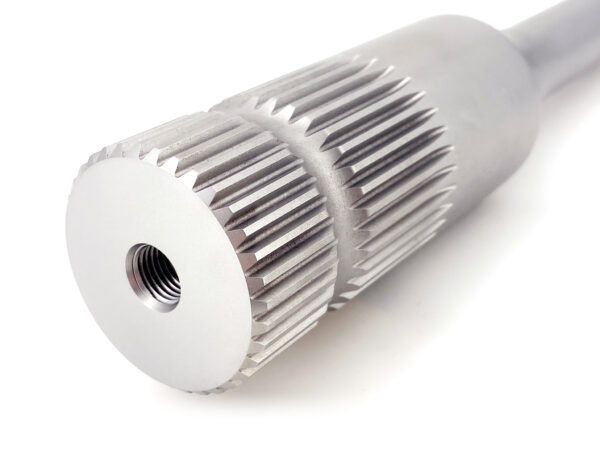
One of the most fun things about manufacturing all of your products in-house is balancing the challenges of innovated design and machining capability. One of the things we like least about current sway bar solutions is that once assembled, the arms themselves are always misaligned from each other. Few even talk about this anymore as it’s become such commonplace. No thank you!
The challenge we faced took the work of our entire team, from engineers to machinists, and the end result was well worth the effort. All of our Sway Bar Arms and Sway Bar Shafts are phased with each other. In sales terms, this simply means you assemble your complete Sway Bar and the Sway Bar Arms will be perfectly in-line with each other. Makes sense, looks great, and once you have it there’s no turning back.
In technical terms, we’re pulling this manufacturing feat off using a combination of two processes. First, all Sway Bar Shafts are phased from end to end. Meaning the splines on one end line up perfectly with the splines on the other end. Second, the Sway Bar Arms are phased per pair. So again, the splines on one arm line up perfectly with the splines on the other arm. That technical description is still a bit limited for my taste, but we can’t give away all of our manufacturing secrets!
Keep it Simple, Stupid
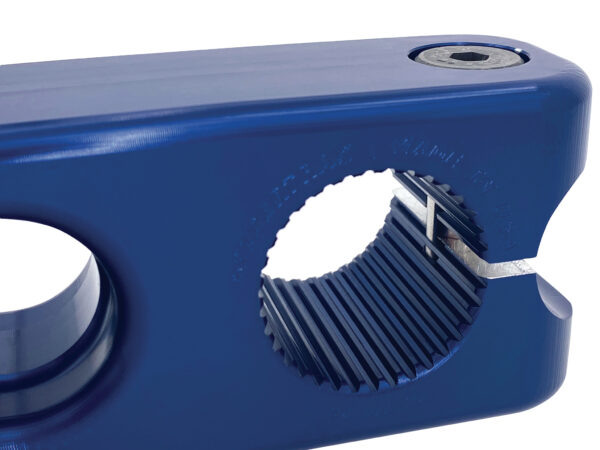
I’ve personally lost count of how many miscellaneous sway bar parts and bits I’ve seen lost on the field. More parts add complexity and pave the way for failure. Nearly all sway bar solutions in the market use the same old way of keeping the arms in place – pinch bolt, cover plate, and another bolt(s). Putting poor spline fitments aside (which leads to premature spline failure even with pinch bolts, but again putting that aside), sway bar arms are far from secure. The small cover plates easily come loose and once that happens, say goodbye to vehicle stability.
We decided to eliminate all of that and instead incorporated a pinch bolt that also locks itself into the Sway Bar Shaft. Inspired by the traditional pitman arm, this simple single bolt design provides superior clamping force (the bolt is closer to the shaft centerline) and a solid lock that is going nowhere (the bolt is keyed into the shaft notch). There should be no worry about the notch losing spline area either, we have plenty of total spline engagement, and using 7075-T6 provides all the spline strength we’ll ever need.
In Summary
We couldn’t be more proud of our Sway Bars, and we can’t wait for you to check them out in person. Thank you to the entire Spidertrax Team for many (many) months (years in fact) of hard work and dedication in making one of our best products yet. Please do not hesitate to reach out anytime to talk about how our Sway Bars will be a perfect fit for your next build, and of course, you can shop for your perfect Sway Bar by clicking here.

